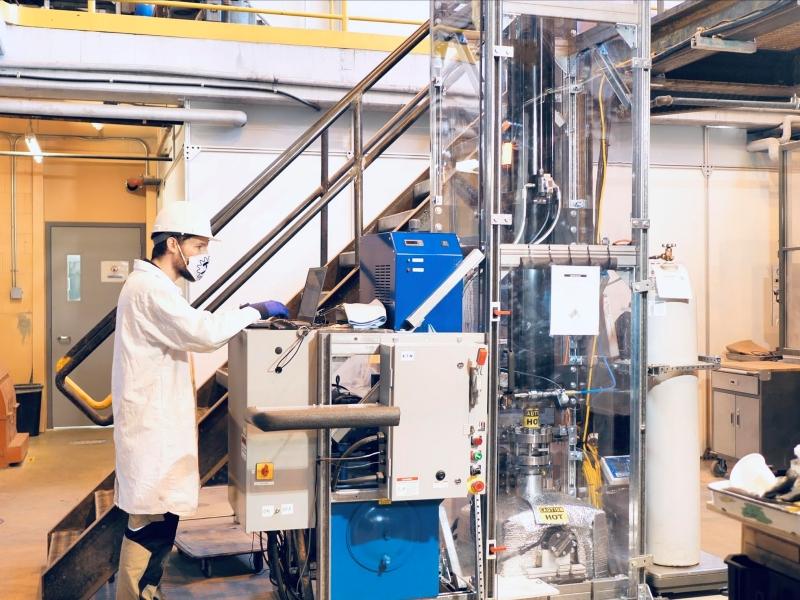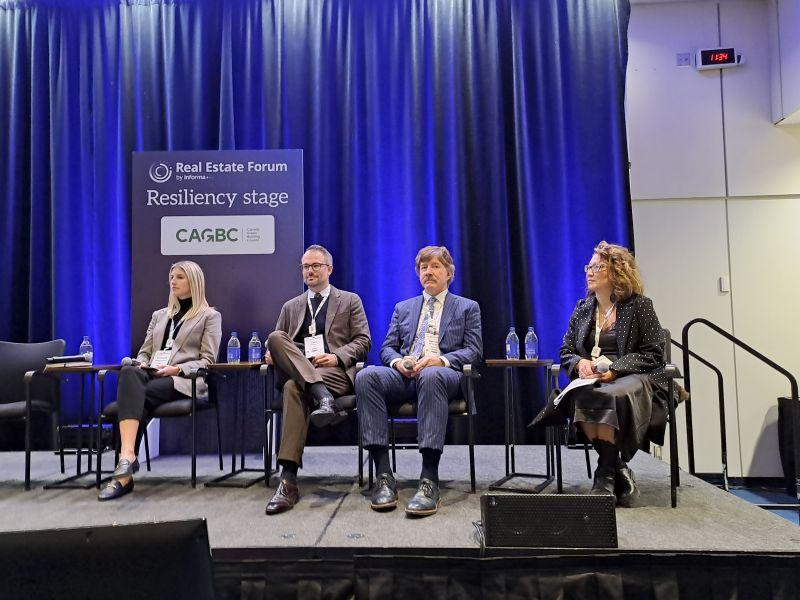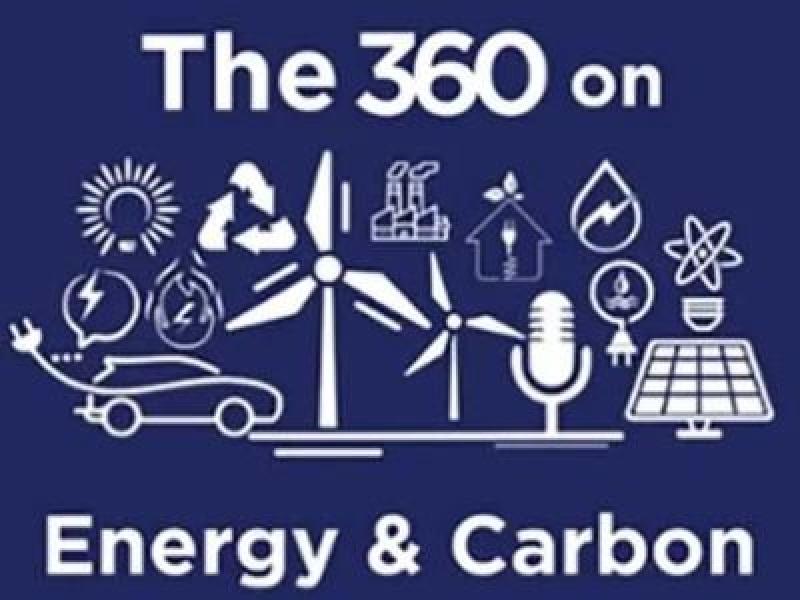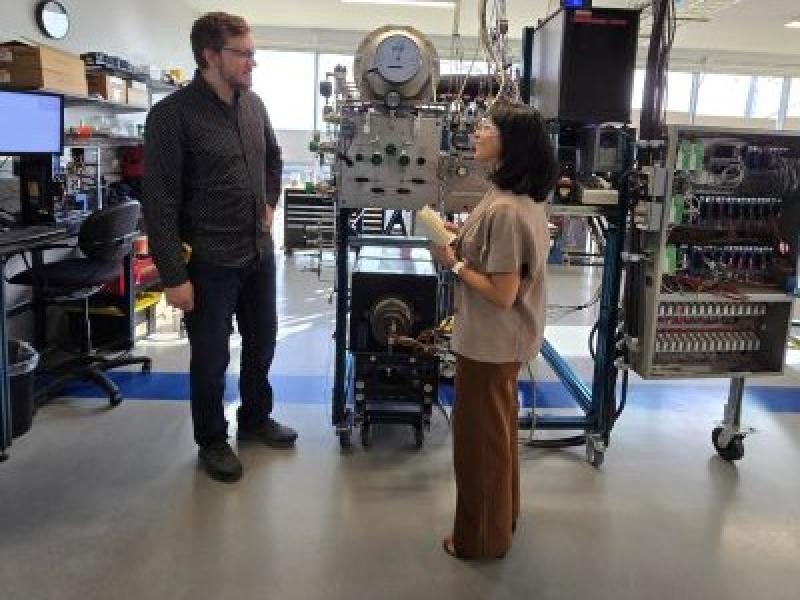
Vancouver-based CO2 Lock Corp. is looking to serve a burgeoning carbon capture market by permanently storing solidified carbon dioxide (CO2) underground, providing a disposal solution for projects that deal with the greenhouse gas.
A spin-off from mining company FPX Nickel Corp. CO2 Lock was formed in 2022 as a subsidiary to explore net-zero nickel production, CO2 Lock CEO Scott Larson told Sustainable Biz Canada in an interview.
There is need for innovative companies that can serve as effectively the garbage collector for a steadily rising number of projects that filter out CO2 from the point source or directly from the environment, he said. This aspect of carbon capture and sequestration, Larson believes, is receiving comparatively less attention and capital.
“We think this is where the innovation in the industry is long overdue.”
While FPX has lowered its stake in CO2 Lock and the two companies have moved to a working relationship, the company is forging ahead on its own. It has been signing agreements with various players, most recently carbon marketplace platform EmitIQ.
A 'club soda'-like sequestration technique
CO2 Lock has developed a carbon sequestration process that starts by dissolving CO2 in water, “like a club soda” as Larson put it. The CO2-blended water is injected into a mineral called brucite that is often found close to nickel deposits, reached by drilling down 400 to 1,000 metres. The CO2 then mineralizes, locked away permanently in a solid state. The water in the process resurfaces and can be used again.
“It’s a natural process. There’s no additives, there’s no solutions, there’s no chemicals, there’s no solvents. It truly is water and carbon dioxide,” Larson said.
After 18 months of technology development and scouting approximately 300 locations worldwide for a combination of the right geology and close proximity to industrial sources of CO2, the company selected a site 50 kilometres southwest of Prince George, B.C.
Named the SAM project, it is CO2 Lock’s first project and its flagship. It has the capacity to hold approximately one million tonnes of CO2 per year for 25 years, Larson said.
The expectation is to store away large volumes of CO2 from local factories, refineries and emitters that are using carbon capture equipment, and direct air capture companies. CO2 Lock will be paid to put away the greenhouse gas for its clients and generate revenue from technology licensing, joint ventures, and carbon and tax credits.
To start, CO2 Lock plans to put away a few hundred tonnes of CO2. In 2026, the company hopes to scale up to 25,000 to 30,000 tonnes, and eventually sequester one million tonnes per year.
The final link of the carbon capture supply chain
Since its launch, CO2 Lock has engaged various companies along the CO2 capture supply chain.
In May, it announced a letter of intent with Victoria, B.C.-based EmitIQ, which will purchase up to 33 per cent of the carbon credits generated per year from SAM, representing over 300,000 carbon credits.
Other agreements include:
- a letter of intent with another Victoria-based company, Cielo Carbon Solutions, and Spokane Valley, Wash.-based CarbonQuest, which outlines a framework for capturing and sequestering 100,000 tonnes of CO2 per year and a target of reaching one million tonnes per year; and
- a memorandum of understanding with Calgary-based Ionada Carbon Solutions to examine commercial arrangements for CO2 capture and storage and the sale of carbon credits into the commercial market.
“That’s both sides of the value chain, both in supply as well as on the revenue side. Being able to tie that together kind of cements what we’re doing,” Larson said about the agreements.
CO2 Lock is in discussions with more companies, which he said will be announced in the coming months.
To accelerate growth, the company is raising funds for a Series A round. The target is US$5 million this summer to push the company to commercialization in 2026, help boost its storage capacity, grow revenue and expand into new storage sites.
Larson said the current outline is to have 10 sites globally, with Western Canada and the U.S. as two key areas he highlighted.










